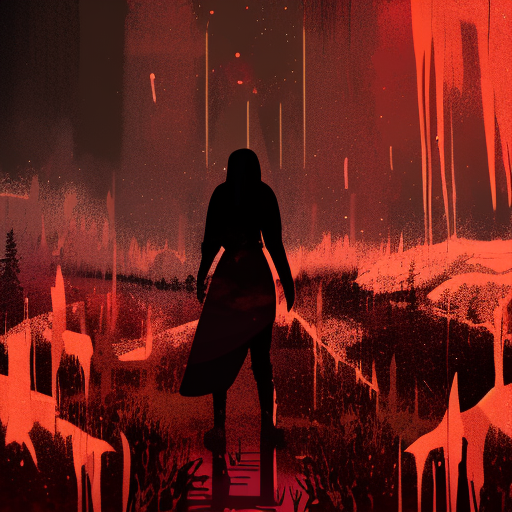One-line summary:
Long Way Down is a gripping novel by Jason Reynolds that follows a young boy named Will as he grapples with the decision to seek revenge or break the cycle of violence.
The Cycle of Violence:
Long Way Down takes readers on a heart-wrenching journey through the mind of a young boy who is faced with the weighty decision of seeking revenge or breaking the cycle of violence. The story begins with Will, a fifteen-year-old African American boy, who has just witnessed the murder of his older brother, Shawn. Consumed by grief and anger, Will grabs Shawn’s gun and steps into the elevator of his building, determined to avenge his brother’s death by killing the person responsible.
As the elevator descends, it stops on each floor, and a ghost from Will’s past enters, each one a victim of gun violence. These encounters force Will to confront the consequences of his actions and question the cycle of violence that has plagued his community for generations. Through these encounters, Reynolds explores the themes of loss, grief, and the devastating impact of gun violence on individuals and communities.
The Power of Choice:
Throughout the novel, Reynolds emphasizes the power of choice and the potential for change. As Will encounters each ghost, he is forced to confront the consequences of his decision to seek revenge. Each ghost shares their own story, revealing the pain and regret that comes with a life cut short by violence. Will begins to question whether taking a life will truly bring him the closure and justice he seeks.
Reynolds skillfully explores the complexity of decision-making, highlighting the internal struggle that Will faces as he grapples with his emotions. The author challenges readers to consider the impact of their own choices and encourages them to break the cycle of violence in their own lives.
The Impact of Systemic Racism:
Long Way Down also delves into the systemic racism that perpetuates violence in marginalized communities. Will’s neighborhood is plagued by poverty, limited opportunities, and a lack of resources, all of which contribute to the cycle of violence. Reynolds sheds light on the harsh realities faced by many young people of color, highlighting the need for systemic change and social justice.
The novel serves as a powerful commentary on the need for empathy, understanding, and community support to break free from the cycle of violence. Reynolds challenges readers to examine their own biases and prejudices, urging them to work towards creating a more equitable society.
Key Takeaways:
- The cycle of violence perpetuates pain and suffering, and breaking free from it requires making difficult choices.
- Revenge may seem like a solution, but it often leads to more violence and perpetuates the cycle.
- Systemic racism and social inequality contribute to the cycle of violence in marginalized communities.
- Empathy, understanding, and community support are essential in breaking the cycle of violence.
“You can’t change where you’re from. But you can change where you’re going.”
In Long Way Down, Jason Reynolds delivers a powerful and thought-provoking exploration of the cycle of violence, the power of choice, and the impact of systemic racism. Through the character of Will, readers are confronted with the harsh realities faced by many young people in marginalized communities. The novel serves as a call to action, urging readers to break free from the cycle of violence and work towards creating a more just and equitable society.












